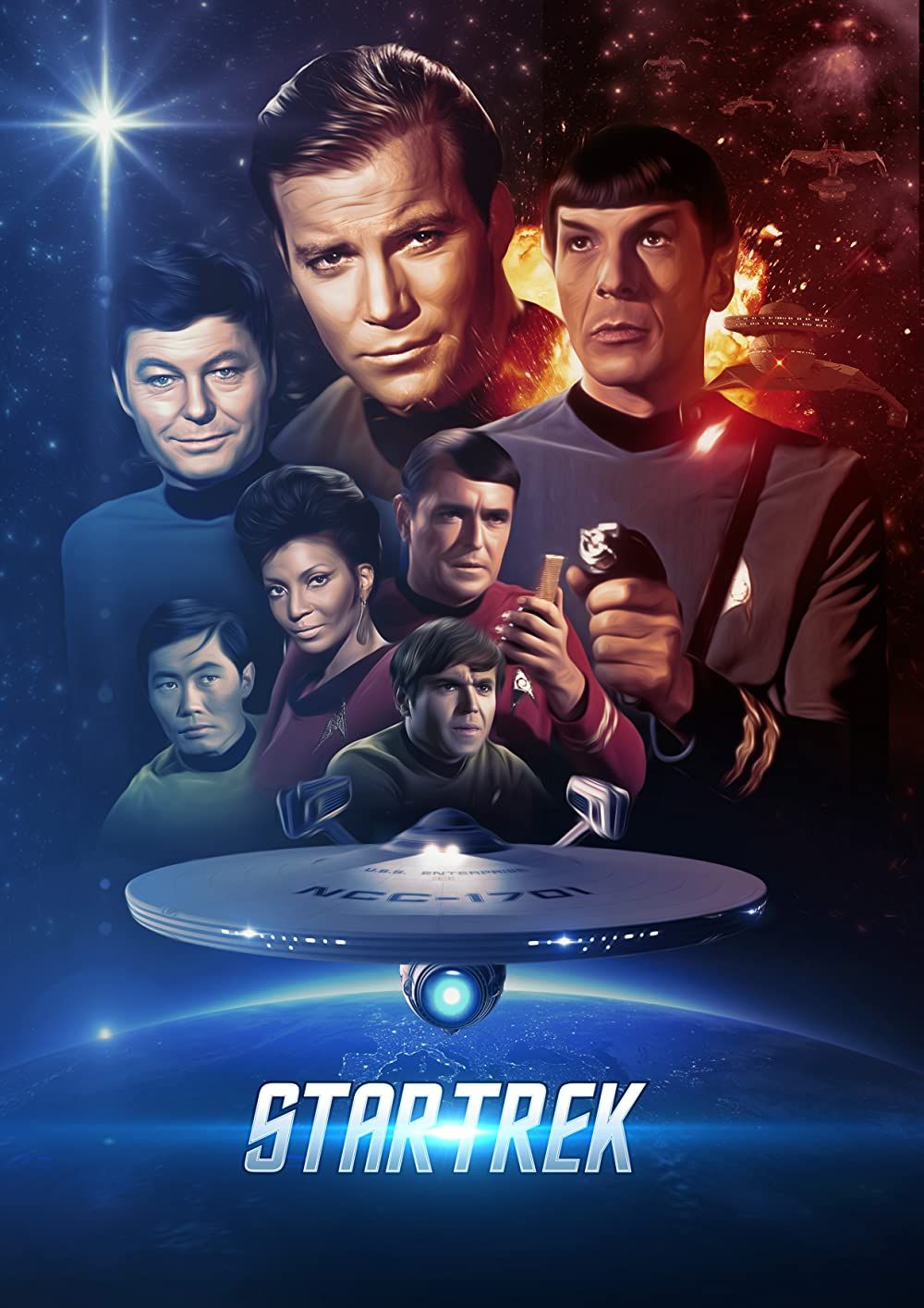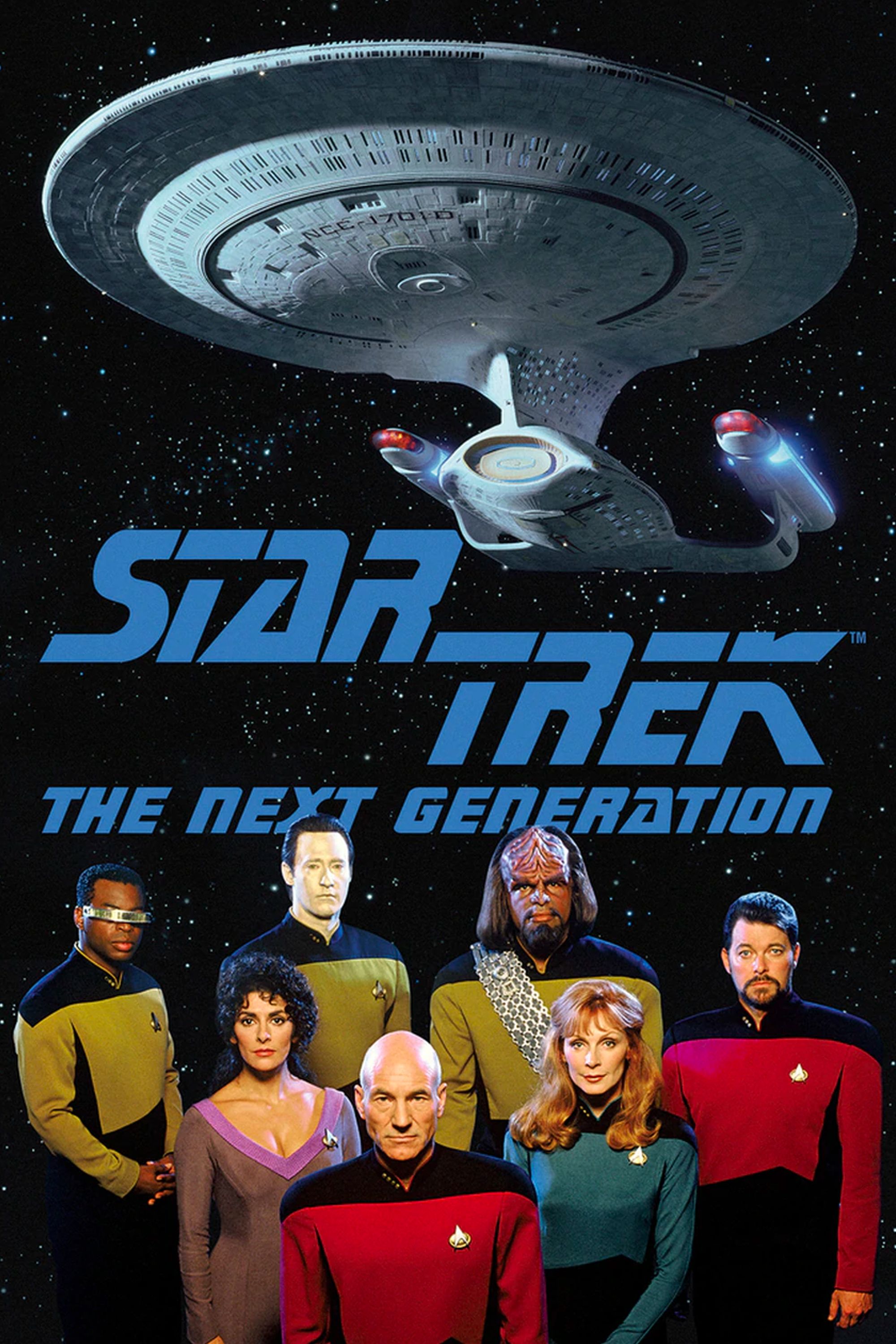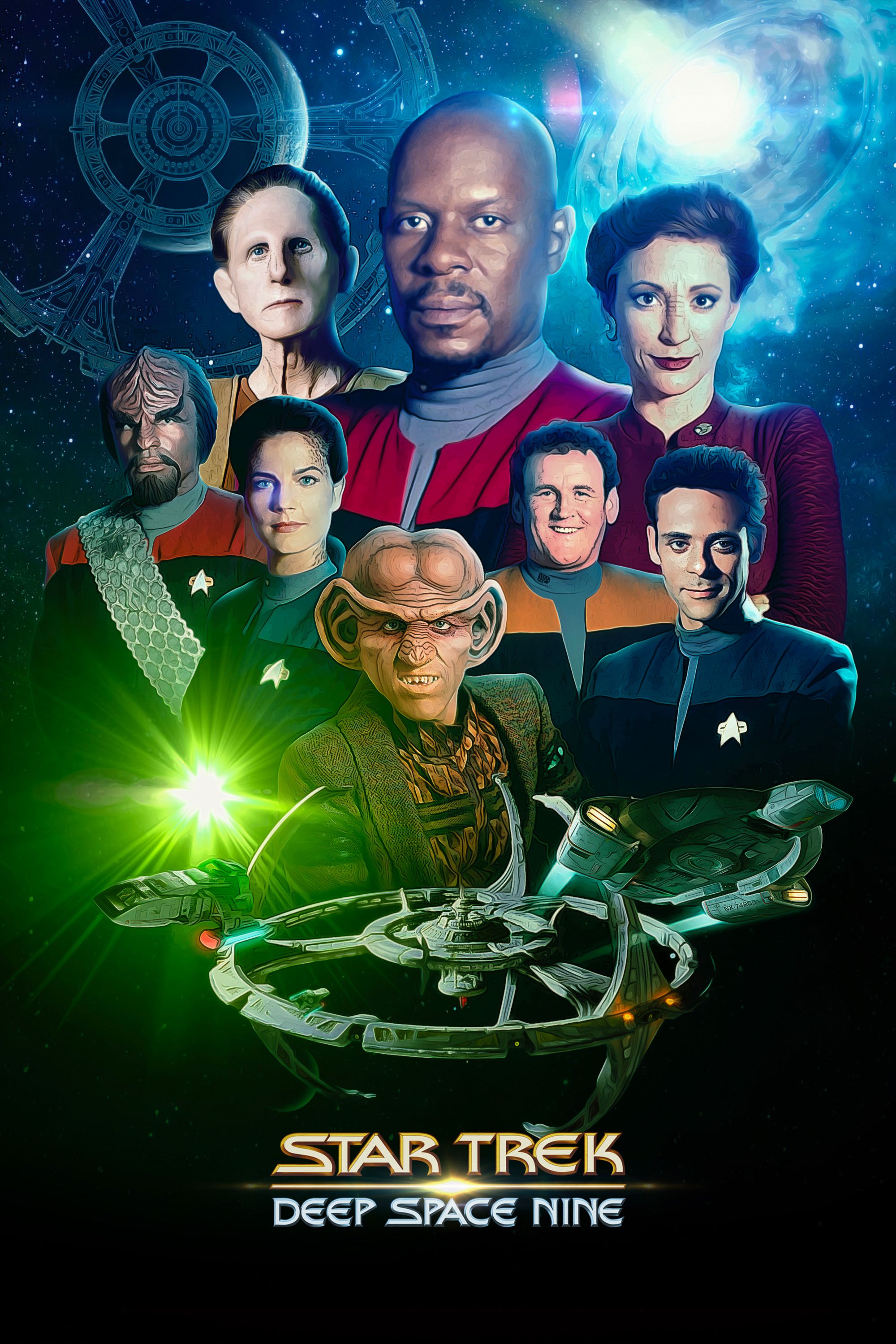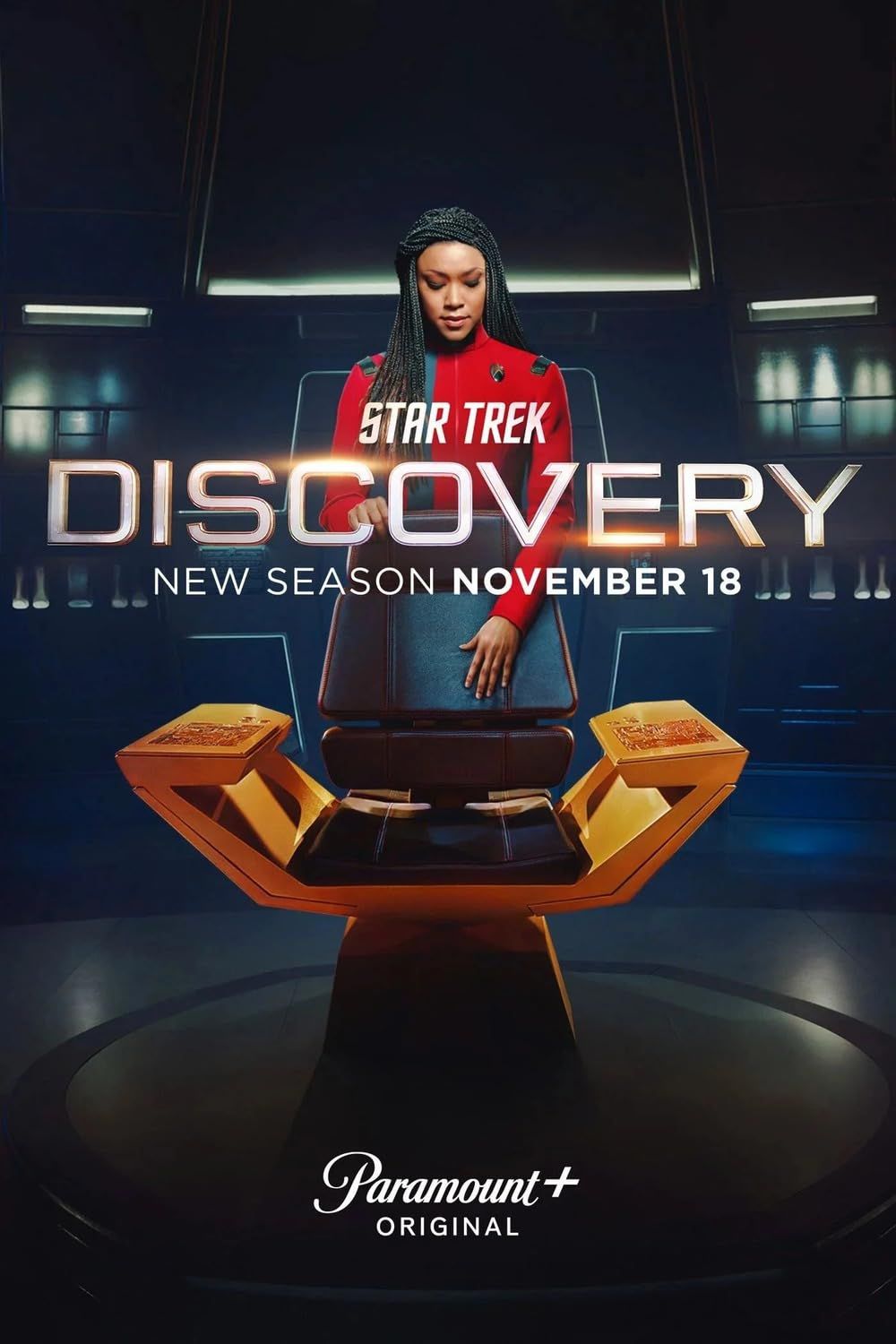What They Mean & Why They Changed
Summary
- Star Trek uniforms have evolved in color and design over five decades, with gold, red, and blue representing different divisions.
- The real-life reason for color changes includes costume designers’ visions and actors’ appearances, with the 24th century seeing a switch in color associations.
- Modern Star Trek series retain the color designations established by The Next Generation, with variations in design and the introduction of dress uniforms.
Star Trek‘s iconic uniforms have undergone a variety of changes in color designation and design in the past five decades for a variety of reasons. In Star Trek: The Original Series‘ unaired pilot, there were only two colors – blue for the science and medical divisions and gold for everybody else. Due to the costs involved in mounting a second pilot for the network, the gold uniforms were retained for TOS‘ successful pilot, “Where No Man Has Gone Before”. After that, Star Trek uniforms embraced the gold, blue, and red uniforms that were an integral part of TOS‘ iconic visual style between 1966 and 1969.
The meaning of gold, red and blue has changed over the years and, so too, has the way that those colors are displayed on the uniform. Each new costume designer has their own vision for how they think Star Trek‘s uniforms will look, and which characters would best suit which color. For example, Robert Blackman adapted original Starfleet uniform designer William Ware Theiss’ Star Trek: The Next Generation uniforms for the 90s StarTrek shows and movies. Although he redesigned the outfits, Blackman honored the new color meanings decided upon by Theiss.
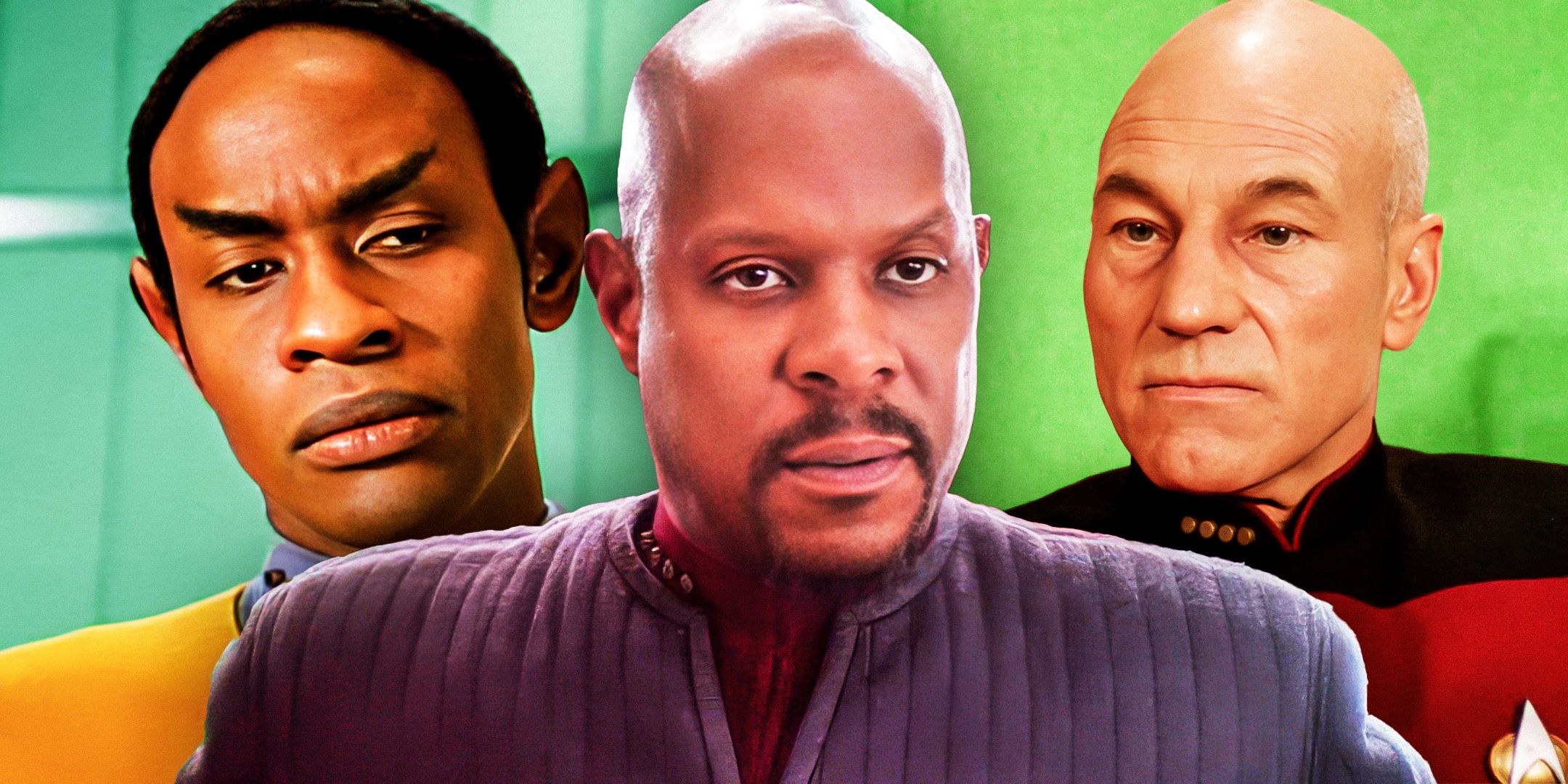
Related
Do Star Trek’s Uniforms Change for Different Environments?
The uniforms on Star Trek evolve over time, but do the changes to Starfleet uniforms ever include variants for different environmental conditions?
What Star Trek’s Uniform Colors Mean
Gold, red, blue, and more.
From Star Trek‘s 23rd to 24th centuries, blue uniforms have always been associated with Starfleet’s medical and science divisions. Nurse Christine Chapel (Jess Bush) wears white during Star Trek: Strange New Worlds and Starfleet returns to this in the 32nd century, as Star Trek: Discovery‘s Dr. Hugh Culber (Wilson Cruz) also wears white. During the 23rd century, the golden uniform denoted command and some operations positions like helm and navigation. Starfleet’s red shirts were worn by the engineering, security and communications divisions, but had an unfortunate association with the members of Starfleet away teams that were killed in the line of duty.
By Star Trek‘s 24th century, there was a switch around of some Starfleet uniform colors and their relevant associations. Captain Jean-Luc Picard (Patrick Stewart) wore a red uniform throughout Star Trek: The Next Generation, rather than a gold one. So too did his Number One, Commander William T Riker (Jonathan Frakes). Meanwhile, the gold uniforms were worn by everybody with an operational role, from security down to engineering, with occasional USS Enterprise-D helmsmen wearing red uniforms, like Lt. Geordi La Forge (LeVar Burton) in TNG season 1.
|
Starfleet Uniform Colors |
23rd Century Designation |
24th Century Designation |
32nd Century Designation |
|---|---|---|---|
|
Gold |
Command |
Operations |
Operations |
|
Red |
Operations |
Command |
Command |
|
Blue |
Science & Medical |
Science & Medical |
Science |
|
Green |
Command dress |
N/A |
N/A |
|
White |
Medical |
N/A |
Medical |
Why Star Trek’s Uniform Colors Changed
Patrick Stewart looks better in red.
There’s never been an in-universe explanation for the red and gold switch between Star Trek‘s 23rd and 24th centuries. It can easily be explained by an operational decision made by Starfleet’s wardrobe department to break away from the problematic “redshirt” association. Similarly, the more sober gray uniforms with colored undershirts in Star Trek: Deep Space Nine and the Star Trek: The Next Generation uniforms could have been designed to reflect the war footing that Starfleet had found itself on while in conflict with DS9‘s Dominion.
Lt. Commander Data (Brent Spiner) was supposed to be in science division blue, but it was a bad color for his pallid android skin tone.
The real-life explanation for why Patrick Stewart and Jonathan Frakes weren’t dressed in gold is more interesting, however. There are apocryphal stories that Stewart and Frakes didn’t look as commanding in the gold uniforms designed by original Star Trek: TNG costume designer William Ware Theiss. It’s certainly true that the dark red uniforms worn by Captain Picard and Commander Riker pop better on screen than the gold uniforms worn by the ops team. More interesting still, Lt. Commander Data (Brent Spiner) was supposed to be in science division blue, but it was a bad color for his pallid android skin tone.
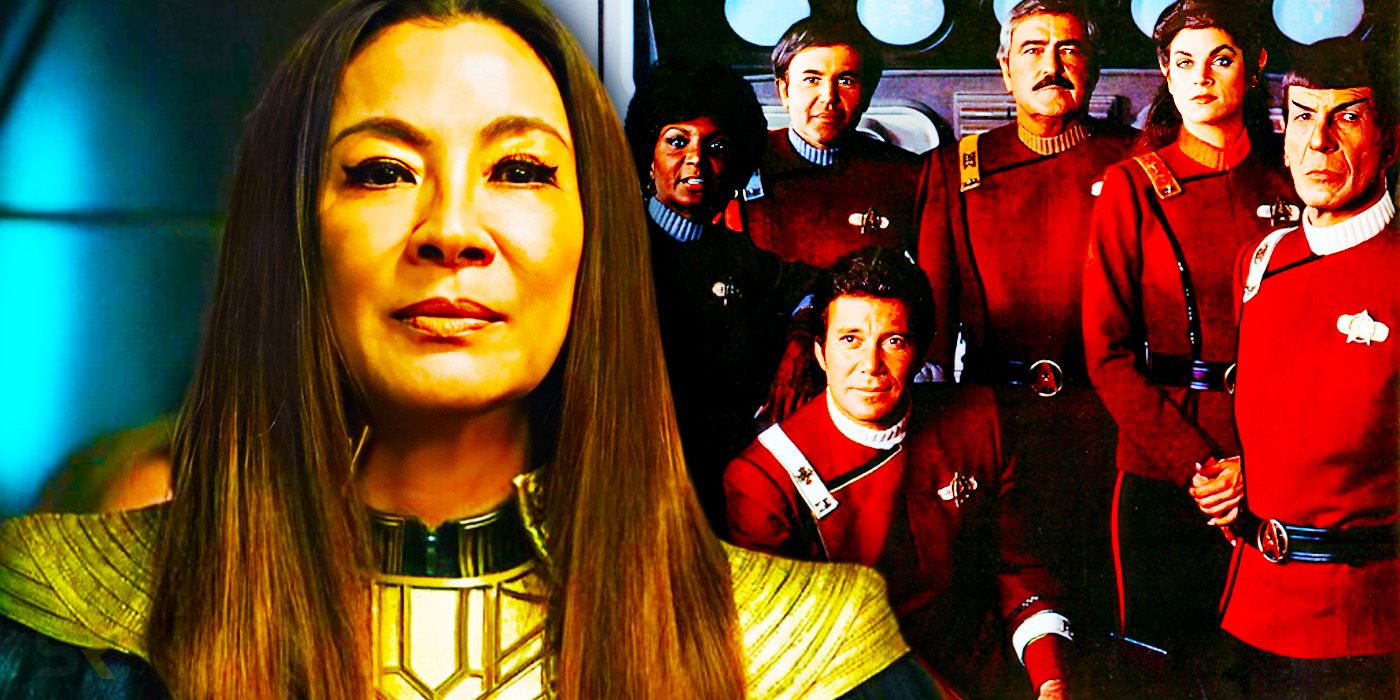
Related
Star Trek’s Next Movie Can Answer A TNG Starfleet Uniform Mystery
The return of a Star Trek legacy character means Star Trek: Section 31 may finally answer a question about Starfleet uniforms first raised in TNG.
Modern Star Trek Retains TNG’s Uniform Colors
There are variations but the colors remain consistent.
The Star Trek TV shows of the 2020s largely retain the color designations first established by Star Trek: The Next Generation. This is understandable, as Star Treks Picard, Lower Decks, and Prodigy all take place in the years after TNG ended. The only thing that changes in each of these shows is the uniform’s design, which returns to the black collar and colored torso look of TNG, with the addition of a clear flap down the middle. After it switched to the 32nd century, Star Trek: Discovery resurrected the TNG color scheme but the far-future costumes were wildly different from their 24th century counterparts.
…in the wake of the Burn, it made sense to revert to
Star Trek: Deep Space Nine
‘s conflict colors.
In Star Trek: Discovery‘s 32nd century, Starfleet uniforms were gray with a colored stripe down the left side to denote the officer’s division. As the weakened Federation was dealing with threats from the Emerald Chain in the wake of the Burn, it made sense to revert to Star Trek: Deep Space Nine‘s conflict colors. With the Emerald Chain defeated, Star Trek: Discovery‘s Starfleet uniforms returned to a more solid colored tunic, which retained the standard red, gold, and blue colors. The Discovery finale’s epilogue revealed that the Star Trek: The Next Generation color scheme even continued into the 33rd century.
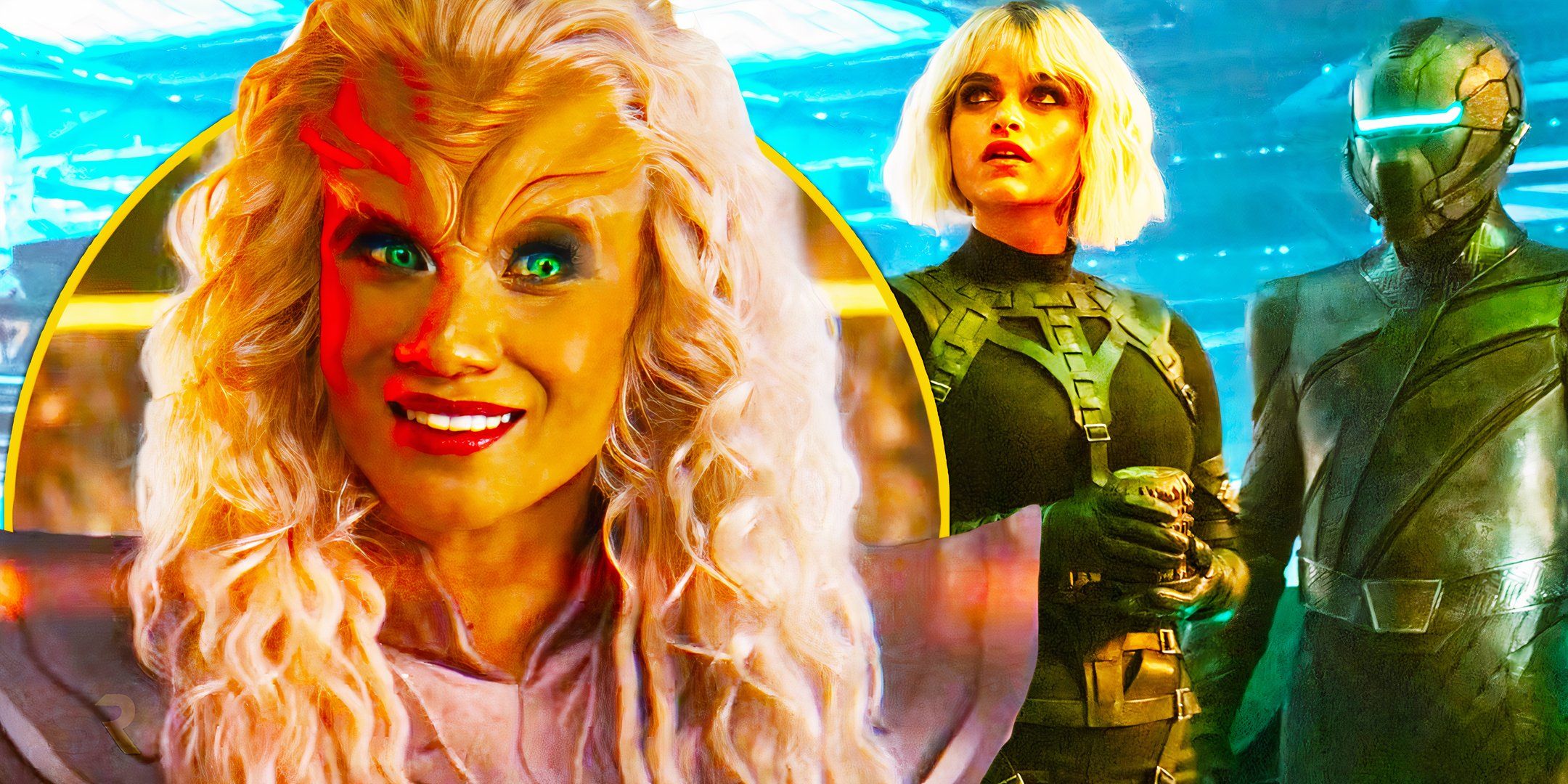
Related
Star Trek: Discovery’s Costume Designer On Creating Season 5 Starfleet Uniforms, Breen Suits & Saru’s Wedding Attire
Screen Rant interviews Star Trek: Discovery season 5 costume designer Anthony Tran about updating the Breen and outfitting Saru’s wedding.
Starfleet Uniform Variants In Star Trek
Starfleet sometimes love solid blue and monster maroon
Interestingly, Scott Bakula’s Star Trek: Enterprise went back to the color distinctions from Star Trek: The Original Series. Each of the blue flight suits had colored piping around the shoulders reflecting yellow for command and red for operations. The only notable difference was that comms officer Lt. Hoshi Sato (Linda Park) had the blue piping of the science division on her uniform to reflect her role as the Enterprise NX-01’s linguist and translator. Star Trek: Discovery seasons 1 and 2 updated these blue uniforms with silver and gold piping to denote rank and division, abandoning the gold, blue and red altogether.
Dress uniforms are also a notable Star Trek uniform variant worn at various formal events like diplomatic meetings, weddings, funerals, and even court-martial hearings. In Star Trek: The Original Series, Spock’s dress uniform was colored blue to reflect his division, while Kirk’s was green. Kirk’s green uniform was also worn on regular starship business in several episodes of TOS. The dress uniforms of the 24th century era reflected the colors of the officer’s division, were longer and decorated with gold braiding. By the 32nd century, a starship captain would wear a purple dress uniform, while their crew wore a grey and gold ensemble.
There are several apocryphal stories about Kirk’s green dress uniform being more flattering for William Shatner to wear because he had gained weight while filming
Star Trek: The Original Series,
but they don’t hold up to scrutiny.
Star Trek‘s iconic crimson movie costumes (affectionately called ‘monster maroon’) had different colored turtleneck sweaters under the tunics, presumably to denote crew role. Prior to those iconic crimson outfits were the poorly received monochrome uniforms designed for Star Trek: The Motion Picture, which were sometimes referred to as space pajamas. The longer that the franchise continues into the future, the more likely it is that Starfleet uniforms will continue to adapt and change. However, Star Trek: Discovery‘s far future uniforms prove that Star Trek‘s command red is very much in style almost a millennium after it was first introduced.
-
![Star Trek The Original Series TV Poster]()
Star Trek: The Original Series
Star Trek: The Original Series follows the exploits of the crew of the USS Enterprise. On a five-year mission to explore uncharted space, Captain James T. Kirk (William Shatner) must trust his crew – Spock (Leonard Nimoy), Dr. Leonard “Bones” McCoy (Forest DeKelley), Montgomery “Scotty” Scott (James Doohan), Uhura (Nichelle Nichols), Chekov (Walter Koenig) and Sulu (George Takei) – with his life. Facing previously undiscovered life forms and civilizations and representing humanity among the stars on behalf of Starfleet and the United Federation of Planets, the Enterprise regularly comes up against impossible odds and diplomatic dilemmas.
-
![Star Trek the Next Generation Poster]()
Star Trek: The Next Generation
Star Trek: The Next Generation is the third installment in the sci-fi franchise and follows the adventures of Captain Jean-Luc Picard and the crew members of the USS Enterprise. Set around one hundred years after the original series, Picard and his crew travel through the galaxy in largely self-contained episodes exploring the crew dynamics and their own political discourse. The series also had several overarching plots that would develop over the course of the isolated episodes, with four films released in tandem with the series to further some of these story elements.
-
![Star Trek Deep Space Nine Poster]()
Star Trek: Deep Space Nine
Star Trek: Deep Space Nine, also known as DS9, is the fourth series in the long-running Sci-Fi franchise, Star Trek. DS9 was created by Rick Berman and Michael Piller, and stars Avery Brooks, René Auberjonois, Terry Farrell, and Cirroc Lofton. This particular series follows a group of individuals in a space station near a planet called Bajor.
-
![MV5BNjg1NTc2MDktZTU5Ni00OTZiLWIyNjQtN2FhNGY4MzAxNmZkXkEyXkFqcGdeQXVyMTkxNjUyNQ@@._V1_FMjpg_UX1000_]()
Star Trek: Discovery
Star Trek: Discovery is an entry in the legendary Sci-Fi franchise, set ten years before the original Star Trek series events. The show centers around Commander Michael Burnham, assigned to the USS Discovery, where the crew attempts to prevent a Klingon war while traveling through the vast reaches of space.




